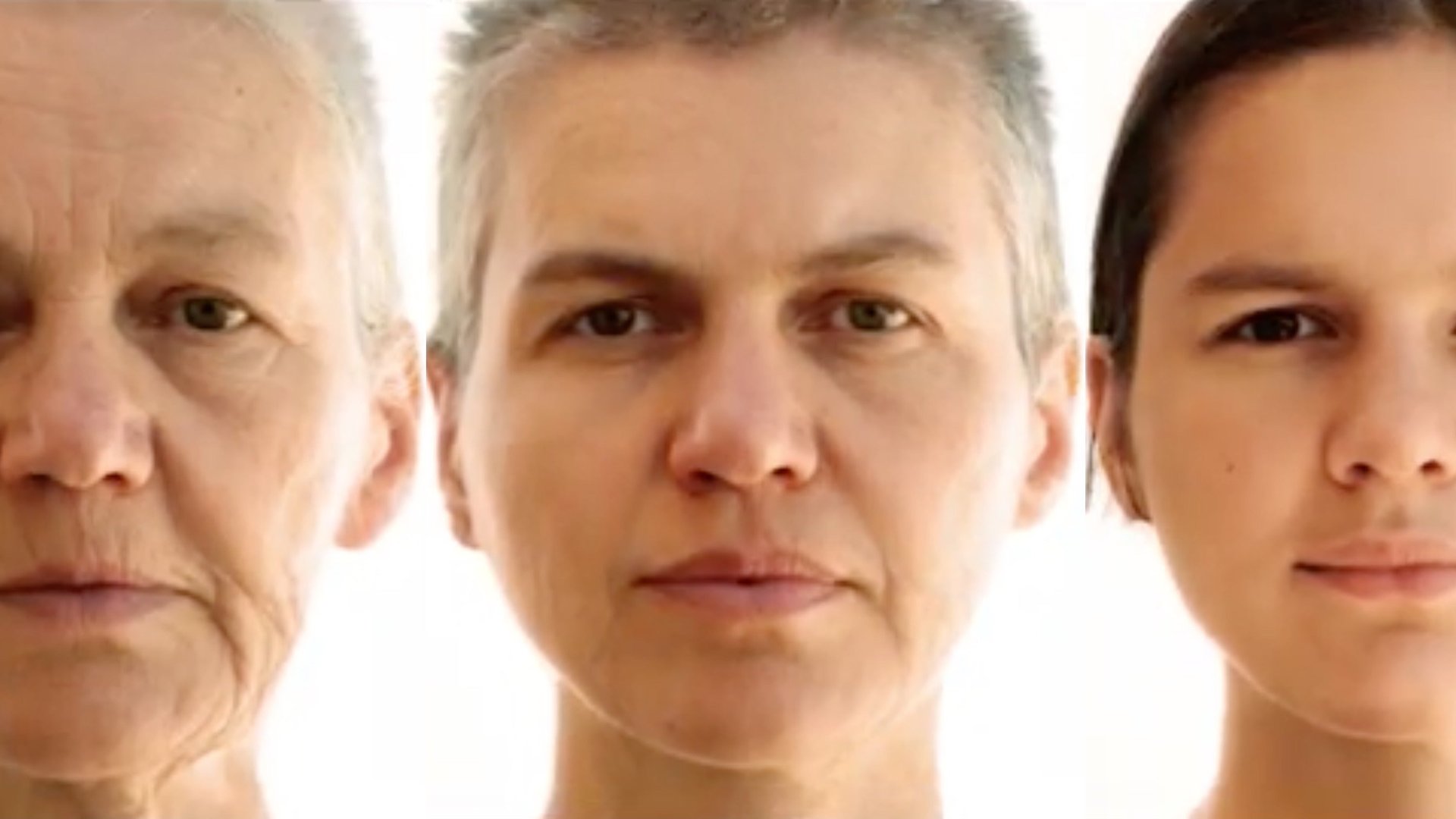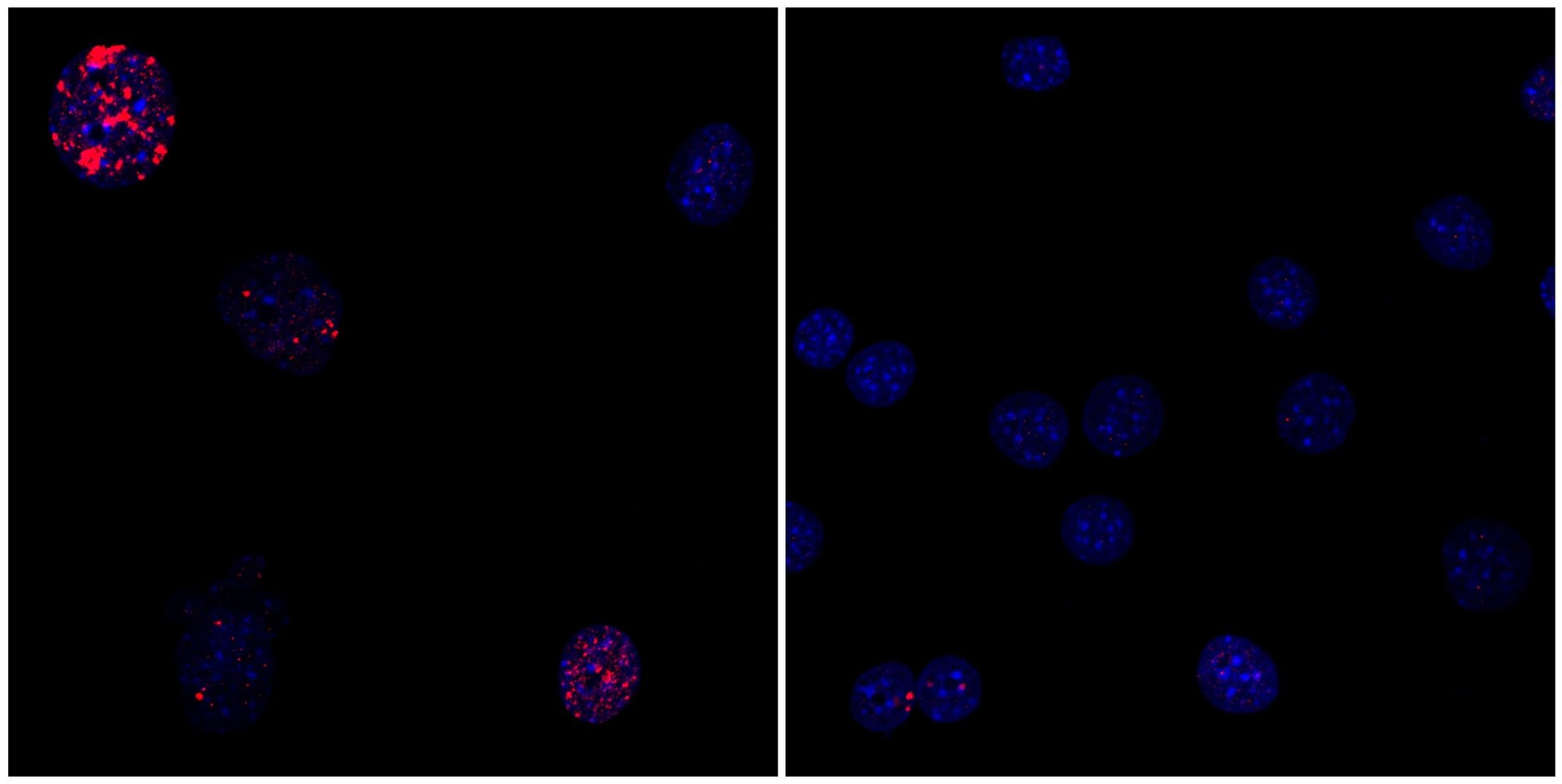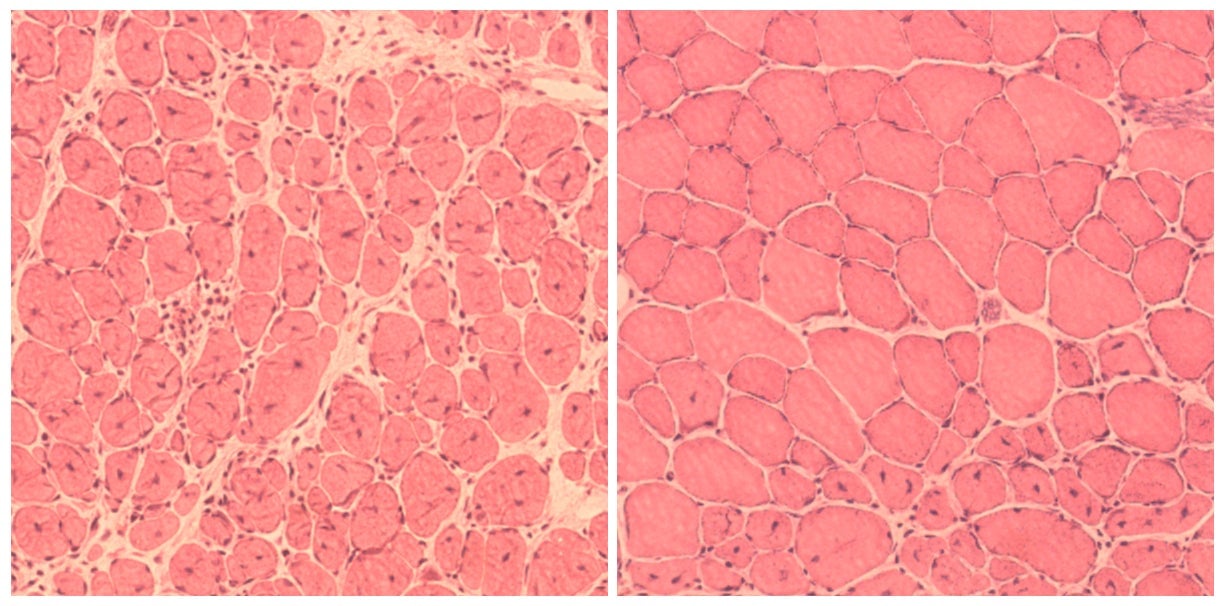Genetic scientists were able to reverse signs of aging in mice
Over the years, humans may be living longer lives but are we living healthier lives?


Over the years, humans may be living longer lives but are we living healthier lives?
Aging brings with it a multitude of illnesses: cardiovascular diseases, cancer, and neurodegenerative disorders like Alzheimer’s, among others. Millions of dollars have been invested in finding a fix for the degeneration that has traditionally been thought of as inevitable. Now, it’s yielded some results: scientists at the Salk Institute were able to turn back the cellular clock by triggering, for a short time period, four genes that have the ability to convert cells to an embryonic state.
In 2012, the Japanese researcher Shinya Yamanaka was awarded the Nobel Prize for his discovery of four genes called the “Yamanaka factors,” that, when triggered, could convert any adult cell into induced pluripotent stem cells (iPSCs). The method, called cellular reprogramming, was a breakthrough because iPSCs can divide indefinitely and becoming any cell type. That means they act like embryonic stem cells—but are perhaps less controversial.
The Salk Institute team found that applying this “cellular reprograming” for brief periods of time not only rejuvenated human cells in a petri dish, but it also reversed the effects of aging in live mice with progeria, a rare genetic disease that causes adolescent mice and human children to age rapidly.
They were able to nurse damaged tissues and organs in the progeria-stricken animals back to health, and extended their lifespan by 30%. The findings were published Dec. 15 in the journal Cell.

“According to previous observations and our hypothesis, rejuvenation by cellular reprogramming was possible, but the results were quite striking,” says Salk research associate and study co-author Alejandro Ocampo.
In fact, even when the method was tested on normal, aged mice, the form factors helped heal injured pancreas and muscle significantly faster than normal.

If age reversal does work, could we reverse aging to the point of achieving immortality? “We don’t think that the rejuvenation is permanent. In fact, the animals died at some point,” says Ocampo. In addition, in the human cells, some of the signs of aging that appeared reversed reappeared eight days after the rejuvenation process.
The method has other limits: the Yamanaka factors trigger rapid cell division—critical in growing embryos, but in adults, potentially deadly: that sort of growth can quickly lead to tumors. In fact, when the Salk Institute team gave the mice the treatment continually, some did develop tumors and die. By pulling back, they eventually found a sweet spot: treating the mice two days a week saw significant health benefits.
The end game, anyway, is not to restore youth in humans, but to target and repair certain parts of the human body. “I foresee the use of chemicals that induce cellular reprograming and rejuvenation of tissues and organs in humans,” Ocampo explains. These chemicals, he says, could be administrated via creams or injections to rejuvenate skin, muscle or bones. The team expects to start human trials in ten years.